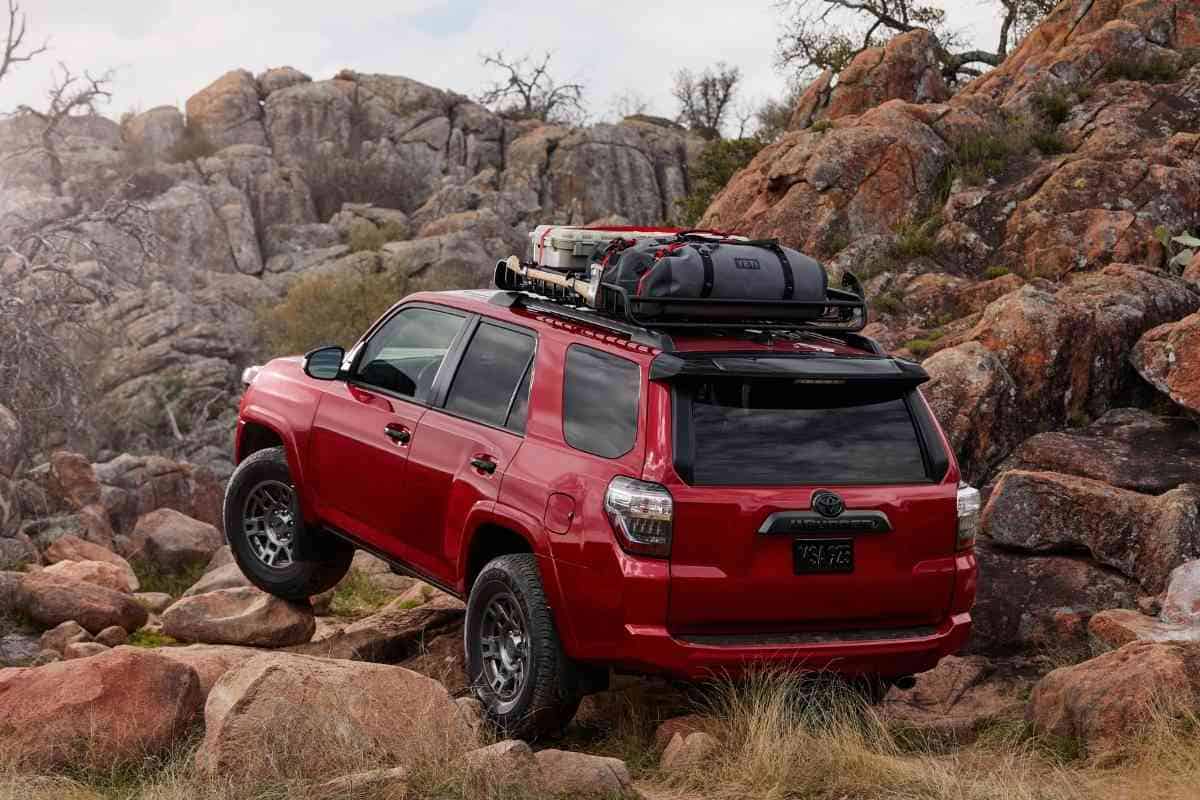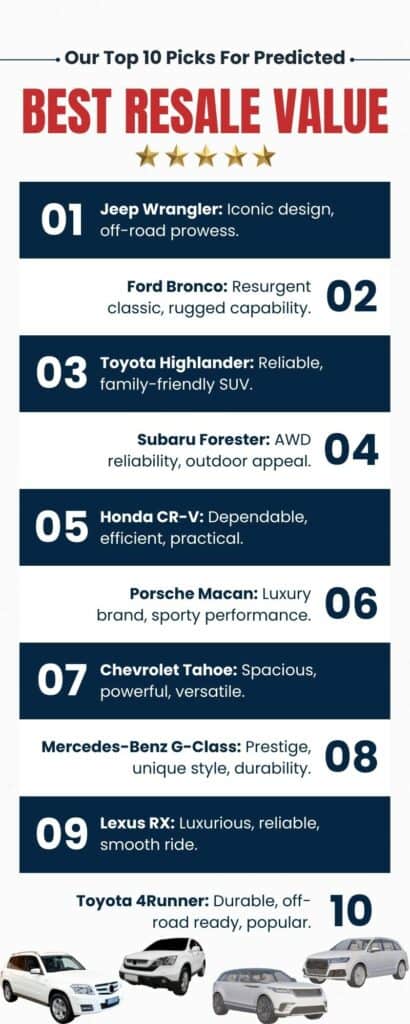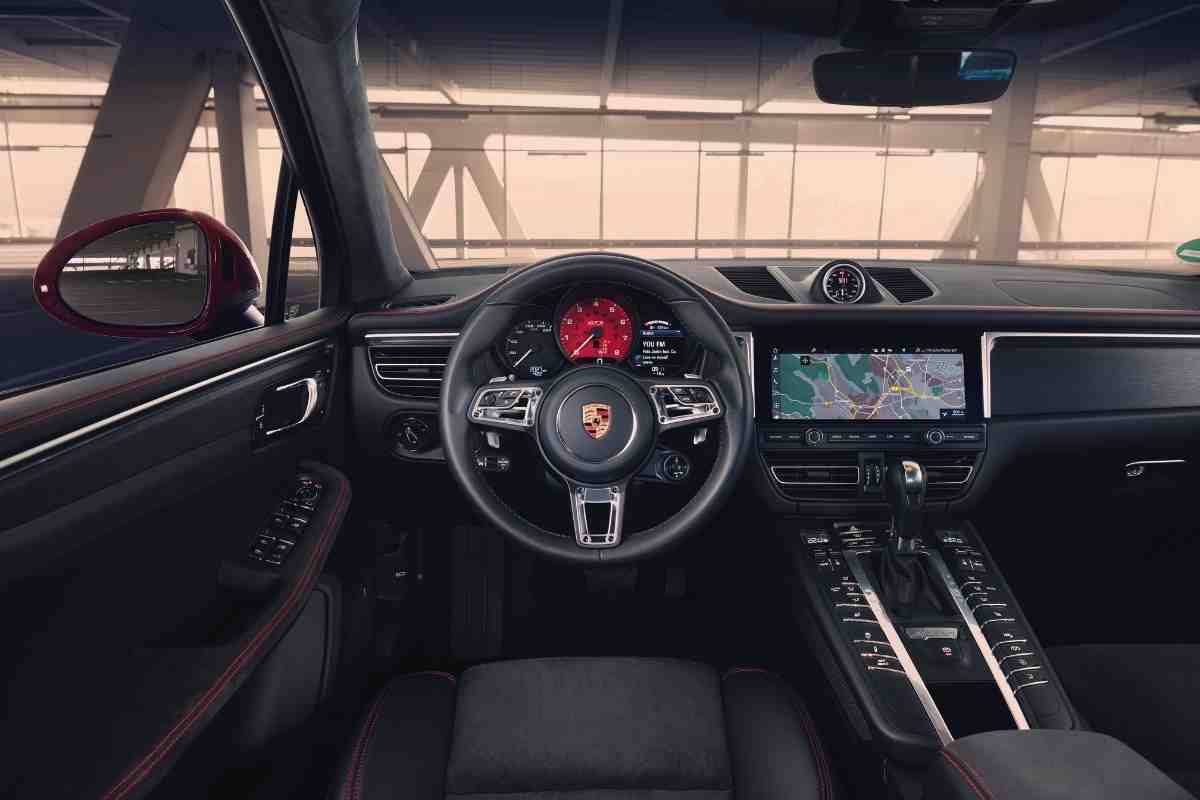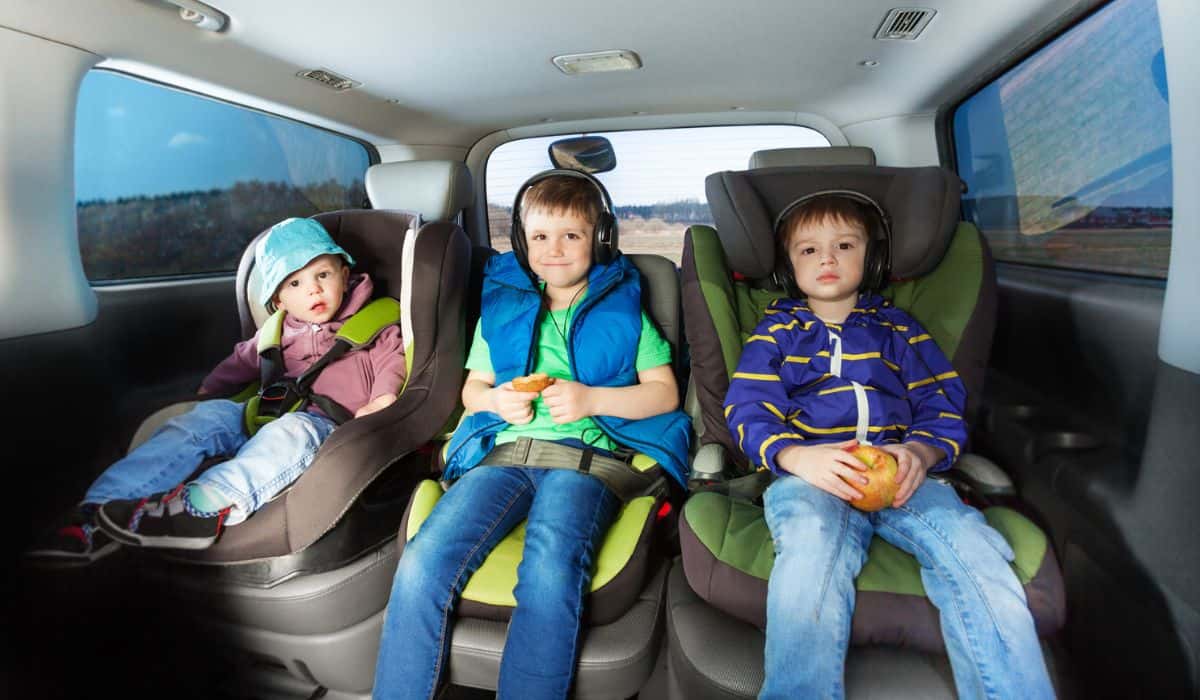Which SUVs Hold Their Value Best (Top 10 For 2024)
Discover which SUVs hold their value best over time. Learn why models like the Jeep Wrangler and Toyota 4Runner, often listed in Kelley Blue Book’s best resale value awards, stand out in preserving their worth.

Overview of SUV Resale Values
When we consider the landscape of SUV resale values, certain models stand out for their value retention.
Some factors influencing the best resale value of new cars and SUVs include brand reputation, durability, and demand.
Generally, SUVs that hold their value well are those that offer a compelling mix of reliability, quality, and desirability.
- What SUV Holds Its Value Best?
- Annual Best Resale Value – Annual Best Resale Value – Value Retention Over Time
Here is a breakdown of attributes we commonly see in SUVs with the best resale value:
- Strong Brand Recognition: Known for quality retain value.
- High Demand: Popular models often command higher resale prices.
- Reliability: Vehicles with a reputation for longevity tend to depreciate less.
Based on studies and market analysis, certain SUV brands and models consistently display strong resale values.
For instance, a residual value analysis of plug-in vehicles indicated a tangible correlation between the resale value and factors such as the manufacturer’s reputation and the initial retail price.
In our assessment of the market, we have identified several SUVs that exemplify excellent resale value.
Our findings align with comprehensive reviews, which have detailed the interplay between brand prestige and the sustained value of an SUV.
By prioritizing these considerations, potential buyers can invest in an SUV with the best resale value, ensuring that their purchase maintains its worth effectively over the years.
Factors Influencing SUV Resale Value
As we explore the factors impacting the resale value of SUVs, we focus on specific aspects such as brand reputation, market trends, vehicle condition, and economic influences.
Brand Reputation and Reliability
The brand of an SUV significantly affects its ability to retain value.
Toyota, for example, has a strong reputation for reliability which often results in their vehicles, including SUV models, having higher residual value.
These reliable brands are sought after in the used car market, causing less depreciation compared to less reputable brands.
Supply and Demand Dynamics
Supply and demand in the used car market also influence SUV resale value. An oversupply of a particular SUV model can decrease its resale value, whereas limited availability can keep the resale price high.
Consumer preferences shift, impacting which SUV features are currently in demand, which can affect resale values.
Vehicle Age and Condition
For SUVs, age and condition play vital roles in determining resale value. Newer models that are kept in excellent condition with low mileage generally retain more value.
It is essential to maintain the SUV properly and minimize wear and tear for the best residual value upon sale.
- Regular maintenance
- Low mileage
- Minimal damage
- Up-to-date technology
Economic and Market Factors
Finally, wider economic and market factors influence the resale value of SUVs. Interest rates, fuel prices, and the economy’s overall health can sway consumer behavior in the new vehicle market, which in turn affects the value of used vehicles.
In summary, the resale value of SUVs is tied to a combination of brand reputation, supply and demand in the market, the individual vehicle’s age and condition, and overarching economic factors.
Considering all these can help us understand the potential resale value of an SUV.
Which SUVs Hold Their Value Best In 2024?
When considering the 2023 Best Resale Value Awards, certain SUVs stand out from the pack. Kelley Blue Book has recognized these models for their strong ability to retain value over time.
We’ve identified some key players that are expected to have the best resale value among SUVs, helping consumers make more informed decisions.
Jeep Wrangler has consistently held its value well and the 2024 model is no exception. Renowned for its rugged capabilities and iconic design, it’s a top choice for those looking to get a return on their investment.
Ford Bronco makes the list as another resilient SUV with excellent resale value. Its blend of off-road prowess and modern features makes it a sought-after vehicle in the used car market.
Here’s a list of 10 SUVs that are anticipated to have the best resale value in 2024:
- Jeep Wrangler
- Ford Bronco
- Toyota Highlander
- Subaru Forester
- Honda CR-V
- Porsche Macan
- Chevrolet Tahoe
- Mercedes-Benz G-Class
- Lexus RX
- Toyota 4Runner
Our commitment to providing accurate, unbiased information ensures that we present only the most relevant data without overstating claims.

These vehicles have a history of dependability, which in turn reflects positively on their resale value. As you consider purchasing a new SUV in 2024, we suggest referencing the 2024 Best Resale Value Awards as a guide to which models may hold their value the best.
For a detailed analysis and the complete list, you can refer to the findings by Kelley Blue Book.
Impact of SUV Segments on Resale Value
When considering the purchase of an SUV, resale value is a crucial factor. Different segments of SUVs hold their value differently, influenced by luxury branding, size, and specific capabilities.
Luxury vs. Mainstream SUVs
Luxury SUVs often come with a higher initial price tag but can provide a better return upon resale.
Full-size luxury SUVs retain their value due to their high-end features, superior technology, and brand prestige.
On the other hand, mainstream SUVs compensate for their faster depreciation with affordability and practicality.

Subcompact to Full-Size SUVs
SUV sizes range from subcompact to full-size models. Subcompact and compact SUVs are desirable for their balance between functionality and affordability, which can be advantageous at resale.
Midsize SUVs offer a middle ground, providing ample space without the large footprint of full-sized models.
Full-size SUVs, especially those with seating for 9 passengers, such as some models discussed in the exploration of 9-passenger vehicles, are valued for their extensive passenger and cargo room, which can positively impact their resale value.
Specialized SUVs and Off-Road Capabilities
SUVs designed for specific purposes, such as those with advanced off-road capabilities, may hold their value better due to their niche appeal.
Buyers interested in towing might seek out a used SUV known for good towing capacity, as highlighted in discussions about the best used SUVs for towing.
These specialized features can make certain SUVs more attractive in the secondary market, thus potentially holding their value better than standard models.

How Technology and Trends Affect SUV Value
When we examine SUVs, we notice that advancements in technology and shifts in consumer trends significantly influence their retained value, particularly with respect to electric and hybrid models.
Hybrid and Electric SUV Innovations
Hybrid and electric SUVs are at the forefront when it comes to holding their value. These vehicles capitalize on the growing trend toward eco-friendly transportation.
- Electric SUVs: The introduction of cutting-edge battery technology has made electric SUVs not only more sustainable but also more desirable in the resale market. Models with longer range capability tend to retain their value better.
- Hybrid SUVs: Hybrid SUVs balance fuel efficiency and power, which appeals to a broad segment of consumers. The best resale value hybrid luxury SUVs are those that combine these eco-friendly innovations with prestigious branding.
Features, Safety, and Driver Assistance Technology

The added value from features and safety technology can’t be overstated. Vehicles packed with the latest technology often have a higher resale value.
- Driver Assistance: The integration of advanced driver-assistance systems (ADAS) like automatic emergency braking and adaptive cruise control contributes to the attractiveness and longevity of an SUV’s value.
- Safety Features: Safety technology, such as collision detection and lane-keeping assistance, not only ensures the well-being of passengers but also boosts the vehicle’s marketability when we decide to sell.
By keeping a pulse on technological trends and analyzing their impact, like the analysis of tech impact on SUV value, we provide insights into which SUVs are likely to provide the best return on investment.
Our analysis underscores the importance of hybrid and electric innovations, as well as the progression of safety features, in maintaining an SUV’s value over time.
Strategies for Maximizing SUV Resale Value
When aiming to ensure our SUV holds its value, we should consider several resale strategies. Taking good care of the vehicle is paramount. This involves:
- Regular maintenance: Adhering to the recommended schedule for oil changes, tire rotations, and other routine maintenance.
- Preserving interior: Using floor mats and seat covers to protect against wear and tear.
To maintain a higher resale value, it’s also important to keep detailed records of all maintenance and repairs. A well-documented history assures potential buyers of the vehicle’s condition.
Choosing the right model and make can impact how well an SUV retains its value. Typically, brands known for reliability and safety often have better resale values. Installing high-demand features like four-wheel drive can also enhance the SUV’s value.
Here are some key resale strategies:
- Purchase an SUV brand with a reputation for longevity.
- Opt for popular color choices to attract future buyers.
- Keep mileage low, as higher mileage can significantly decrease value.
- Avoid modifications that could negatively affect resale.
By understanding and implementing these strategies, we can better position our SUV for a successful and lucrative future sale.
